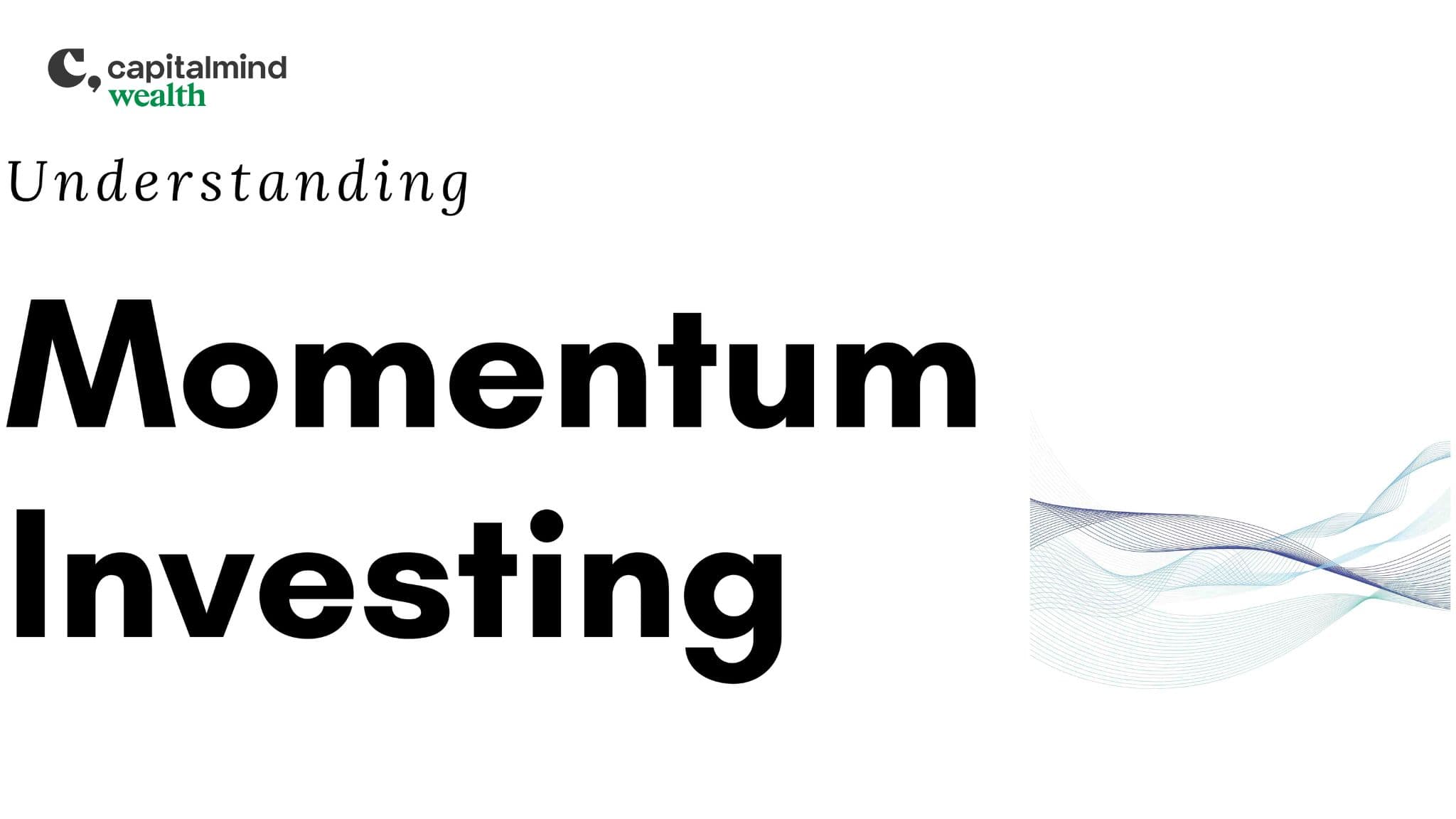(category)Charts & Analysis
Why High Return on Capital Isn’t Enough: The Key to Long-Term Shareholder ReturnsWhy High Return on Capital Isn’t Enough: The Key to Long-Term Shareholder Returns
Return on Capital Employed (ROCE) is often touted as the hallmark of a quality business, but does it truly predict long-term shareholder returns? Our 10-year study of 800 companies reveals a surprising reality: starting ROCE isn’t the star—it’s the trajectory that steals the show. Companies that steadily improved their ROCE outperformed their peers, often starting from ordinary levels. Meanwhile, even top-decile ROCE firms sometimes delivered lacklustre returns. The lesson? The path of ROCE matters far more than its starting point. This article explores why sustained improvement, not static excellence, is the key to finding investments with exceptional long-term potential—and why high ROCE today doesn’t always mean high returns tomorrow.
Anoop Vijaykumar•

Return on Capital Employed (ROCE) is often touted as the hallmark of a quality business, but does it truly predict long-term shareholder returns? Our 10-year study of 800 companies reveals a surprising reality: starting ROCE isn’t the star—it’s the trajectory that steals the show.
Companies that steadily improved their ROCE outperformed their peers, often starting from ordinary levels. Meanwhile, even top-decile ROCE firms sometimes delivered lacklustre returns. The lesson? The path of ROCE matters far more than its starting point.
This article explores why sustained improvement, not static excellence, is the key to finding investments with exceptional long-term potential—and why high ROCE today doesn’t always mean high returns tomorrow.
Last quarter, there were over 200 mentions of ROCE in the filings of just the 50 Nifty companies.
ROCE stands for “Return on Capital Employed.”: how well a company is generating profits from its capital. It is considered a critical part of the puzzle of finding quality businesses.
ROCE typically helps differentiate between ordinary and high-quality businesses.
Imagine we’re looking at two restaurants in the same town, Restaurant A and Restaurant B. Both offer delicious food and have a steady stream of customers. How would you identify the better prospect to invest in?
Restaurant A is a swanky place that spent a lot of money on renovations, high-end kitchen equipment, and a renowned chef. Their food is excellent, and they charge high prices. However, due to the high overhead costs, their net income isn’t as high as you might expect from looking at the price of the dishes on their menu. Their ROCE, which measures how much profit they generate for each dollar of capital they’ve employed, might not be very high. Despite the high prices they charge, they’re not turning their capital into profit as efficiently as they could.
Restaurant B is a more modest establishment. They’ve kept their costs down by leasing cheaper equipment and hiring a less well-known (but still competent) chef. They charge lower prices, but they serve more customers and their net income is surprisingly high. Their ROCE might be quite good, because they’re generating a lot of profit for each dollar of capital they’ve employed. They’re using their capital more efficiently.
If both restaurants are profitable and have a loyal customer base, you might think they’re equally good businesses. But as an investor, you’d probably prefer Restaurant B. Why? Because a high ROCE indicates that the business is better at generating profit from its capital. It’s a more efficient business model, and that’s a sign of a high-quality business.
The link between ROC and Returns over the years
We conducted a ten-year longitudinal analysis centred on classifying companies on the continuum from high to low ROC and examining their shareholder returns. The objective was to see what patterns emerge that are generally acceptable in the way the stock market rewards shareholders.
We started with nearly 800 companies that were operational 10 years ago. We classified this cohort into 10 deciles (10 – best, 1 – worst) based on their 3-year average ROCE at that point. By taking a three-year average, we improve our chances of getting a better representation of each company’s financial reality than any one year. In addition, we also track their three-year average ROC in years T-7, T-4, and T-1, where T is the current year.
Then, we look at their total returns over the 10-year period to check for any obvious patterns. Do the high ROC companies of 10 years ago continue to be high ROC companies today? And to what extent did high ROC translate to shareholder return?
Here’s what we found.
The table should be read row-wise: For example, Top row: Of the 80 companies in the top (10th) decile ten years ago, 27 continue to be in the top decile as of 1 year ago, the remaining 53 slipped to lower deciles – 11 to the 9th decile, 11 to 8th decile, 9 to the 7th decile and so on.
Bottom row (above the total): Of the 80 companies in the bottom decile ten years ago, 6 are now in the top decile, 7 in the 9th decile, 5 in the 8th decile and so on.
Visualising decile movement from 10 years ago to 1 year ago by percentage of companies is probably an easier way but with less information.
3 out of 10 companies that were top decile 10 years ago were still top decile 1 year ago. This means 7 out of 10 companies from 10 years ago are no longer top decile. Of course, decile 10 companies had nowhere to improve to.
1 in 4 top-decile ROCE companies a decade ago are now in the bottom half of their cohort of 800 companies
The highest proportion of companies showing improvement were in deciles 1, 2 and 3. Put another way, the companies at the bottom of the pile showed the most improvement
4 in 10 companies across the whole set worsened on their ROCE decile, while the same number also improved on the same metric
Not apparent on this chart: 45% of companies are within +1 or -1 decile of their starting ROC decile a decade ago. The remaining 55% saw larger moves in their relative Return on Capital.
27 top-decile companies from a decade ago are still in the top ROC decile.
Castrol India ranked #3 on ROC 10 years ago and continues to be in the 10% on the same metric. But look at its Total Return to shareholders over that period.
Glaxo Smithkline improved its Return on Capital from 10 years ago and shows a cumulative 102% return over 10 years—that’s just 7.2% annualised. This begs the question of how effective a high relative return on capital is at predicting future returns.
A glorious past doesn’t necessarily mean glorious shareholder returns
The chart shows median annualised 10-year return from the ten deciles, each with 80 companies.
The chart shows the aggregate ten-year return from the companies in the ten deciles. Remember, the ROCE considered was the 3-year arithmetic mean at the time.
If starting ROC was a key determinant of future returns, the columns should have been declining in height, with the left-most column of the highest ROC decile companies 10 years ago showing the highest long-term return and the 1st decile showing the lowest annualised return.
Simply picking the high Return on Capital Companies of today does not guarantee long-term above-market returns.
Turns out, where ROC is headed matters more than where it is currently.
- The table shows the median shareholder return of companies split by their starting ROC 10 years ago and their recent ROC decile. The right-most column shows the decile-wise 10-year return of the top-to-bottom ROC deciles as of 10 years ago. These numbers match the column chart earlier, showing long-term returns by starting ROC decile.
- The individual cells show the median return from companies that combination of starting and ending ROC decile. For instance, the top left shaded cell shows that the companies that were top decile 10 years ago and have continued to be top decile returned a median of 14.3% annualised. This is above the universe median of 13.8%
- The highest returns have come from companies in the 6th ROCE decile 10 years ago and have improved to the 9th decile. Referring back to Fig 1 above, that is a set of 5 companies.
- The shaded cells show that the best returns have come from the companies in the top 3 ROC deciles (10-9-8) currently while the converse also applies. Lower the current ROC decile, lower their historical returns, with the bottom decile having done the worst.
- The median stock delivered a 13.8% return over ten years (bottom right). Keep in mind, the cohort of nearly 800 companies includes many small and micro caps at the time.
The highest returns come from companies that sustain high ROC in the future - making identifying them early the core challenge of investing.
Sustained ROC improvement is rare
If high future ROCs are a key determinant of returns, then how many companies shift their return profile over time? We looked at how company ROCs have moved over the last ten years.
The columns in the table bear explanation. We had four ROCE metrics: T-10, T-7, T-4, and T-1. Each ROCE number is the average of the last three years, which means the four ROCE metrics cover 13 years of yearly ROCE.
The scoring for the ROCE trajectory is simple. Starting from the ROCE 10 years ago, for each subsequent measurement, the company gets +1 if its ROCE improved over the previous and -1 if it worsens. So, any company can score a maximum of +3, i.e., improvements in each subsequent measurement, +1: improvements in 2 measurements and a decline in one, -1: improvement in 1 measurement and declines in two measurements, or -3: consistently worsening ROCE over ten years.
Note how a company at a subpar 4% starting ROCE improving to 6%, then 8%, then 11% scores +3, while a company at 30% 10 years ago declining to 28%, then 26% and then 24% scores -3. We deliberately stayed away from more elaborate methods that take the degree of change into account.
- 13% (105) of companies saw a continued decline in ROC over the last 10 years. This includes 20 top-decile companies of the past. Unsurprising top-decile names that have seen consistent decline : Bajaj Auto, and Hindustan Unilever. Some surprising names: Titan, Asian Paints
- 15 out of these 20 have delivered lower shareholder returns than the universe median.
How about the companies that have improved ROC over time?
- 59 companies out of 799 consistently improved ROCE from 10Y ago. Notable mentions: APL Apollo Tubes, Balaji Amines, KPR Mills. The table below shows 20 of the 59 companies.
- 18 of these 20 companies have delivered superior shareholder returns than the universe median.
- Only two top decile ROCE companies from 10 years ago continued to improve their ROCE over the last 10 years: P&G and Abbott India. But even they did not deliver higher shareholder returns than the median stock. This reiterates the earlier point that picking current ROC companies does not imply superior future returns.
The trajectory of ROC matters more than the starting level
The table below shows the median returns based on the starting ROC decile and trajectory of ROC over the last decade.
The worst-performing cohort of companies were those that consistently declined in ROC irrespective of their starting ROC decile 10 years ago.
Conversely, the companies that have shown improving ROC have shown significantly better shareholder returns than the overall universe.
ROC trajectory of the highest shareholder-returning companies
The table below shows the top 20 companies by shareholder returns over the last 10 years. Note how their starting ROC deciles weren’t great but have improved significantly over the course of the decade.
Conclusion: Return on Capital is necessary but not sufficient
Expecting a single metric like Return on Capital (ROC) to explain long-term shareholder returns is overly simplistic. While ROC highlights a business's efficiency, it cannot tell the full story. Growth potential, competition, and valuation are equally critical in shaping outcomes.
The key insight is this: Where a company’s Return on Capital is headed matters more than where it starts.
Companies that consistently improve their ROC over time—transforming from average to exceptional—tend to deliver superior shareholder returns. On the other hand, even top ROC companies can falter if their competitive advantages erode or if high returns prove temporary.
Wayne Gretzky’s famous advice, “Skate to where the puck is going to be, not where it has been,” applies here. Investors must focus on identifying businesses poised for ROC improvement rather than just those excelling today. These companies, often starting with moderate ROC but clear potential, represent the sweet spot for long-term returns.
In summary, ROC is a vital tool for assessing business quality, but its current level is just the starting point. The real challenge—and opportunity—for investors lies in skating to where the puck is going: identifying companies with the ability to improve their ROC and deliver exceptional shareholder returns in the future. Of course, this is easier said than done, but then no one said consistently superior long-term returns are meant to be easy.
Anoop is on Twitter @CalmInvestor
Speak with a Capitalmind Client Advisor about a customised investment strategy consultation to see if Capitalmind PMS / AIF fits your long-term investment needs.
Related Posts
Make your money work as hard as you do.
Talk to a Capitalmind Client AdvisorInvesting is not one size fits all
Learn more about our distinct investment strategies and how they fit into your portfolio.
Learn more about our portfoliosUnlock your wealth potential
Start your journey today













